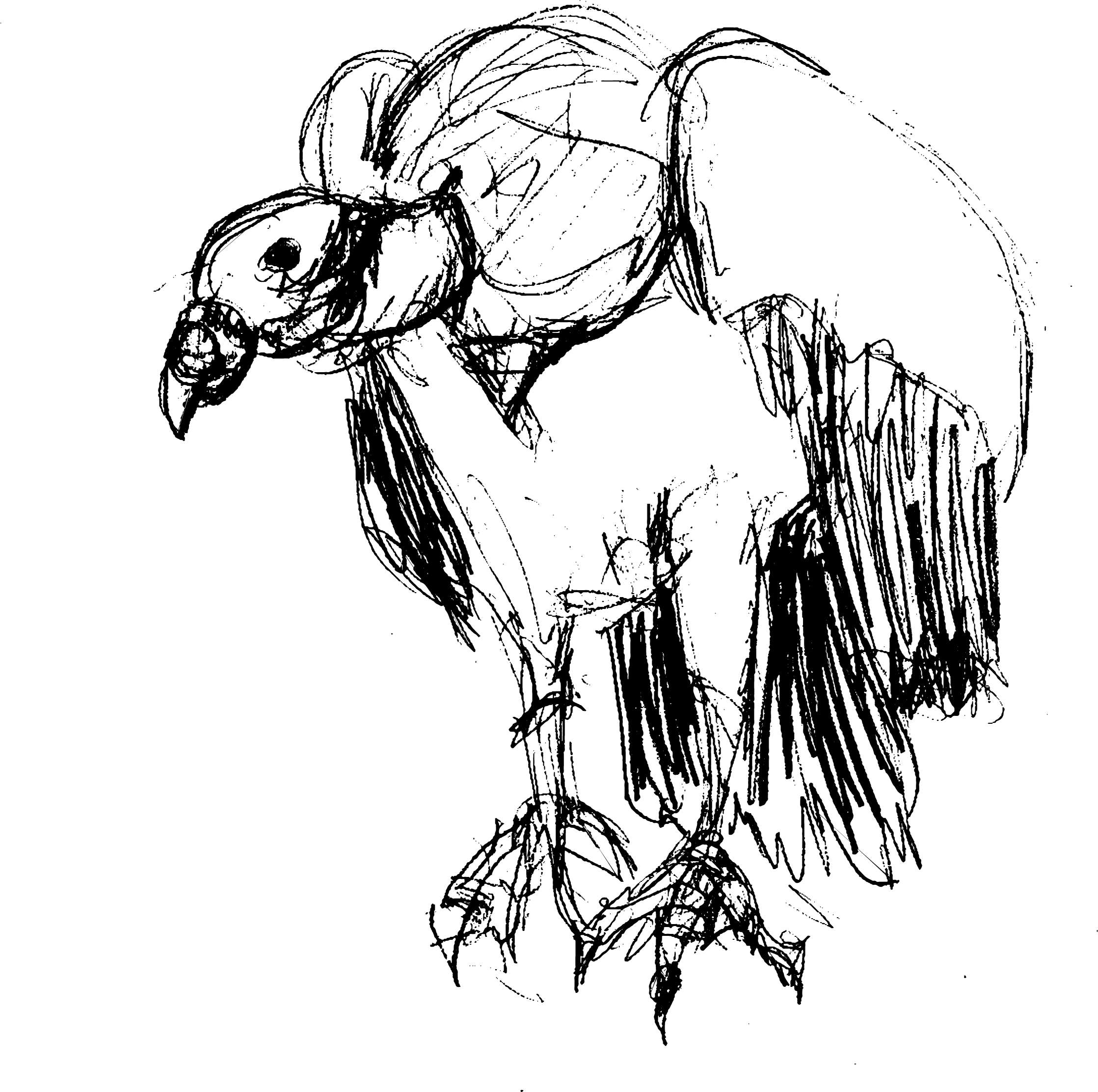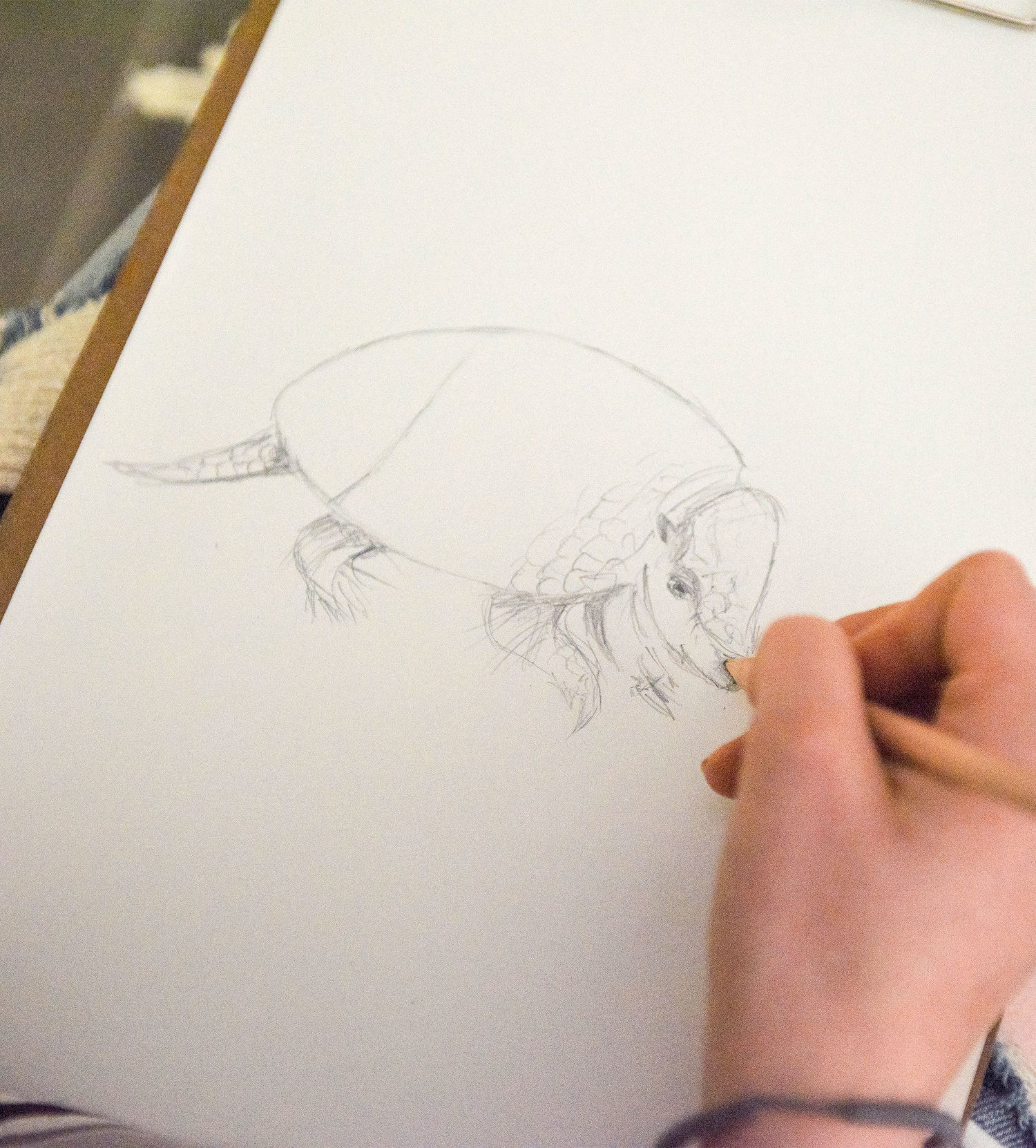
For example, when visitors begin to draw the various spiny sea urchins on display, they discover the marked differences among them, each pointing to their various functions. We can observe many things in passing, yet little of what we see remains in our memory. To truly “see” an object, we must employ special techniques. Here, the eye and hand remain our most important tools. Used discerningly, they can deepen our perception and enhance our memory. In fact, drawing dates back to the very early humans. The “Time” room exhibits cave paintings from the last ice age in Europe. In Africa, Asia and Australia, our ancestors also drew with soot, chalk, ocher and hematite. The detail included in these representations is surprising. Still, the animals’ proportions are not always correct. Why? Did our ancestors simply not look properly, lack practice, or did they focus on other aspects?
Interested in learning through drawing? Drop in on Tuesdays to Katja Rosenberg's course at Museum Wiesbaden! When we draw, we look closely and take time to record our observations on paper. Here’s how it works: With the support of museum curators, a particular theme related to the objects in the collection is presented, including specialist background knowledge. Then, participants try their hands at drawing the objects. Numerous tips on drawing techniques and methods make it easier to get started and to put what you have seen on paper convincingly – from a quick sketch to an elaborate drawing.
For beginners and advanced drawers 14 years and older.
Complete course: 7 evenings for 84,— euros
Single classes: 14,— euros each
Registration required.
Admission to Wiesbaden Museum is free during the course.
Please bring any drawing materials you may have. For further information, contact the course instructor.
Course instructor
Katja Rosenberg
Fon 0611 / 940 67 34
kontakt@katja-rosenberg.de www.katja-rosenberg.de
Katja Rosenberg is an artist and holds a degree in Design (FH). She has taught drawing and painting in her own studio and at public institutions for over ten years.

Museum Wiesbaden offers a variety of programs for all ages, from guided tours to workshops for preschools and schools, to teacher training and programs for students, private groups, or families with children.